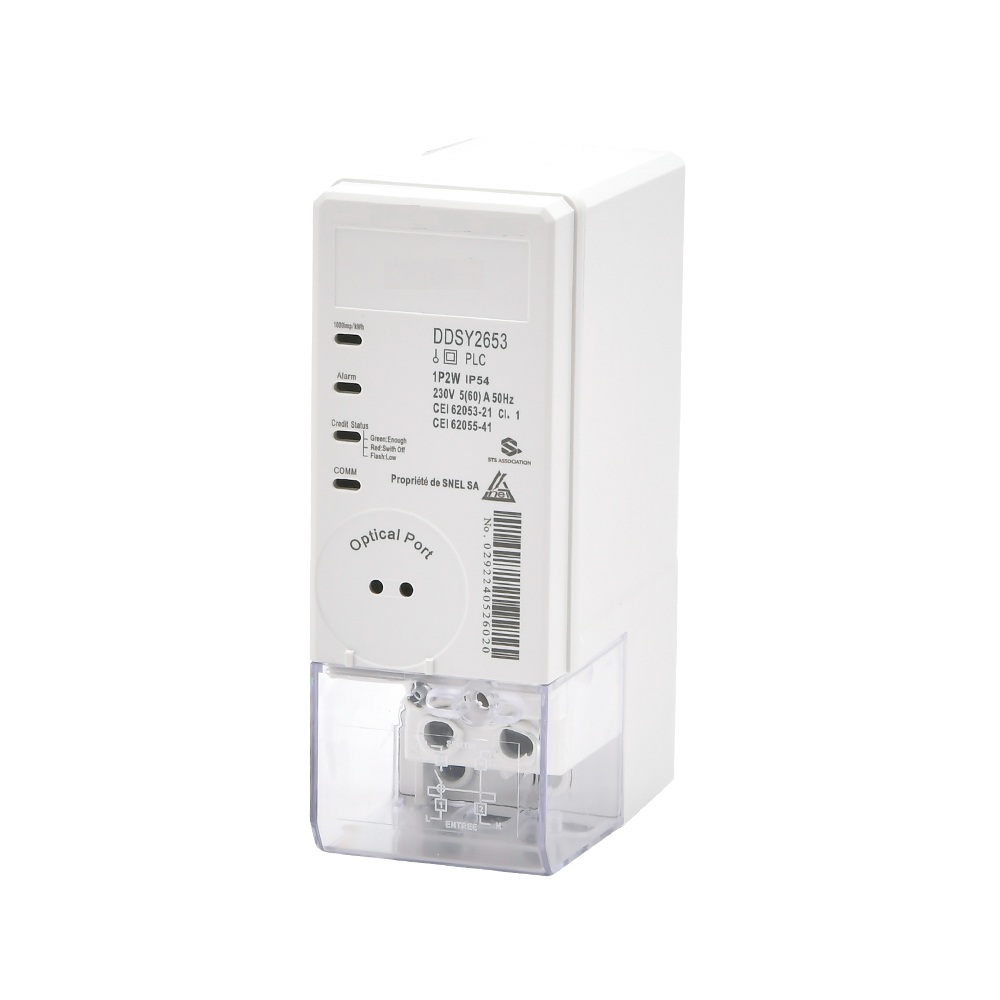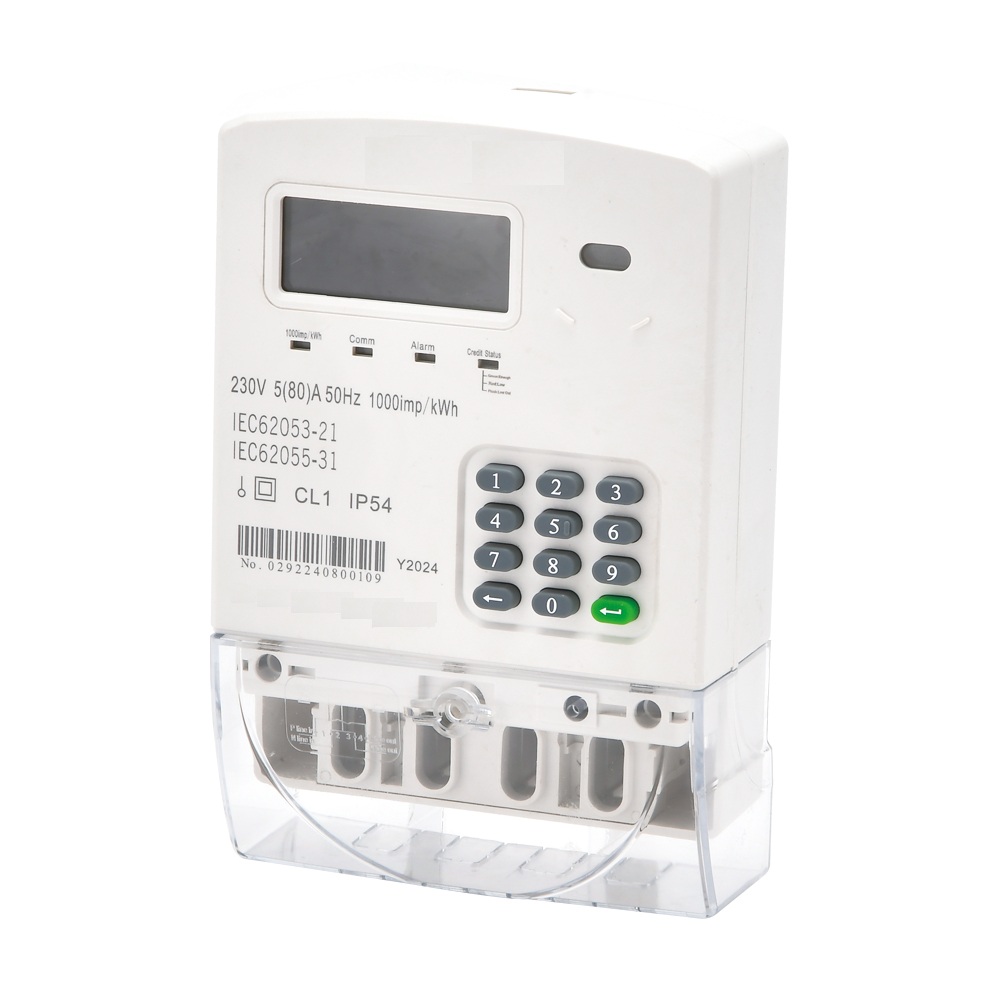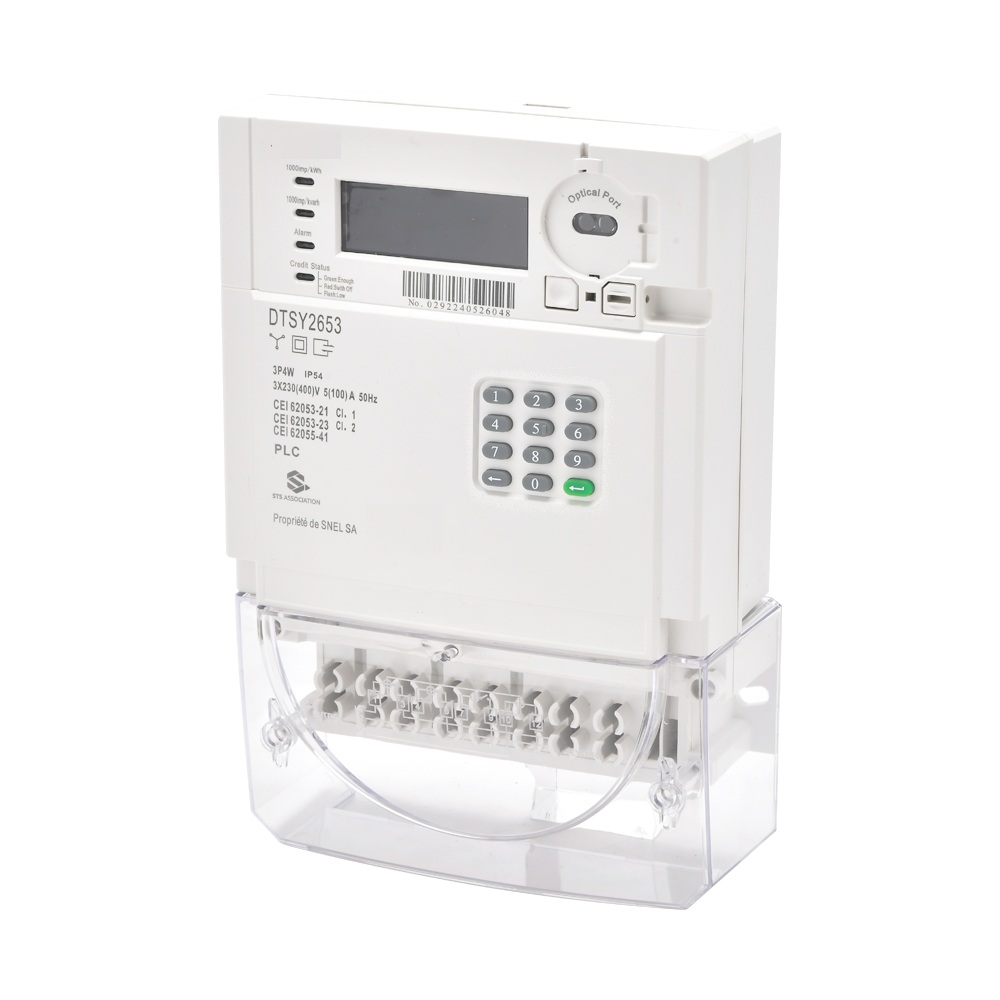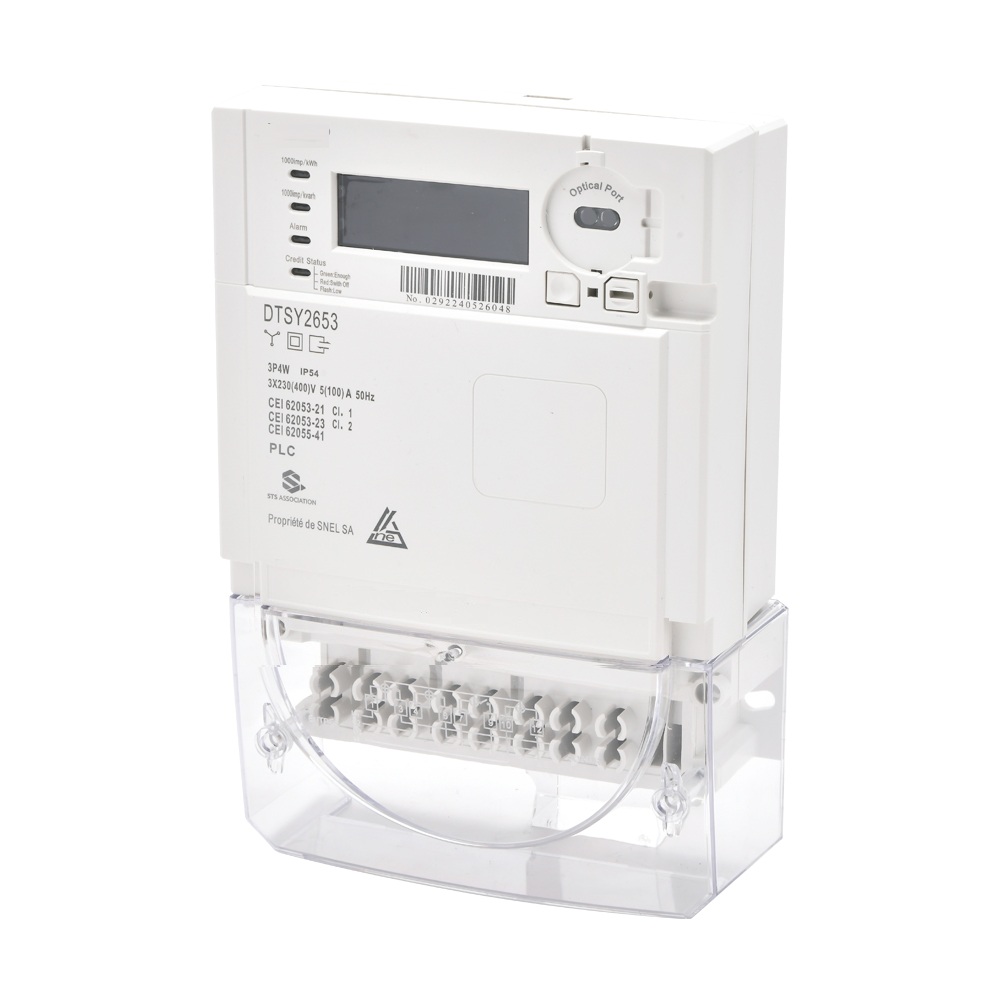How many amperes of smart meters do general residents need to install for electricity consumption?
Publish Time: Author: Site Editor Visit: 549
Smart meters have various current specifications to meet the electricity metering needs of residents. Purchasing an electric meter also comes with a free remote meter reading system to help users achieve remote transmission and management of electricity data.
1、 Single phase prepaid smart meter
1. Current and voltage parameter specifications: 220V, 5 (60) A
2. Characteristics of smart meters: The current specification of smart meters is 5 (60) A, which means the calibrated current of the meter is 5 A, and the maximum current is 60 A. The maximum power that can be loaded is 13.2KW, which can meet the electricity needs of most residents. The smart meter also comes with an RS-485 communication module, suitable for use in residential centralized installation scenarios. The meter not only has a low unit price, but also only requires the addition of a concentrator to remotely read data from 32 smart meters.
2、 Single phase remote smart meter
1. Current and voltage parameter specifications: 220V, 5 (60) A
2. Characteristics of smart meters: Smart meters can fully meet the electricity needs of ordinary residents' homes, and can withstand the simultaneous operation of two 1.5-horsepower air conditioners and four electric kettles for boiling water. Secondly, smart meters themselves are also equipped with high-precision measurement chips, which can accurately measure the electricity consumption data of residents' homes, helping property management and residents to correctly calculate electricity costs, clearly grasp the electricity consumption situation at home, and reasonably reduce electricity expenditure costs.
3、 Three phase 4G wireless smart meter
1. Current and voltage parameter specifications: 3 * 220/380V, 1.5 (6) A, 5 (60) A, 10 (100) A
2. Characteristics of smart meters: Smart meters have multiple current specifications to choose from, and the corresponding carrying capacity is also different. Residents can choose the corresponding ampere meter according to the actual electricity load at home. The smart meter also has a built-in 4G wireless communication module, which can interconnect with the remote meter reading system through 4G wireless signals for remote transmission and management of electricity data. The signal coverage is wide, the data transmission speed is fast, and it is not limited by the installation distance of the meter. It is especially suitable for use in scattered residential areas such as villas, which helps property management improve electricity efficiency.
4、 Three phase four wire remote smart meter
1. Current and voltage parameter specifications: 3 * 220/380V, 3 * 57.7/100V, 1.5 (6) A, 0.3 (1.2) A, 5 (60) A, 30 (100) A, 10 (40) A, 10 (60) A, 10 (100) A
2. Characteristics of smart meters: Smart meters have diverse specifications for current and voltage parameters, which can carry various electricity loads for residents. The measurement data is accurate and stable, and the quality of domestic branded meters is also guaranteed. Residents can rest assured during use. The built-in 4G wireless communication module allows smart meters to automatically connect to the network and transmit electricity data when powered on, providing accurate and reliable data support for residents to allocate electricity reasonably.



